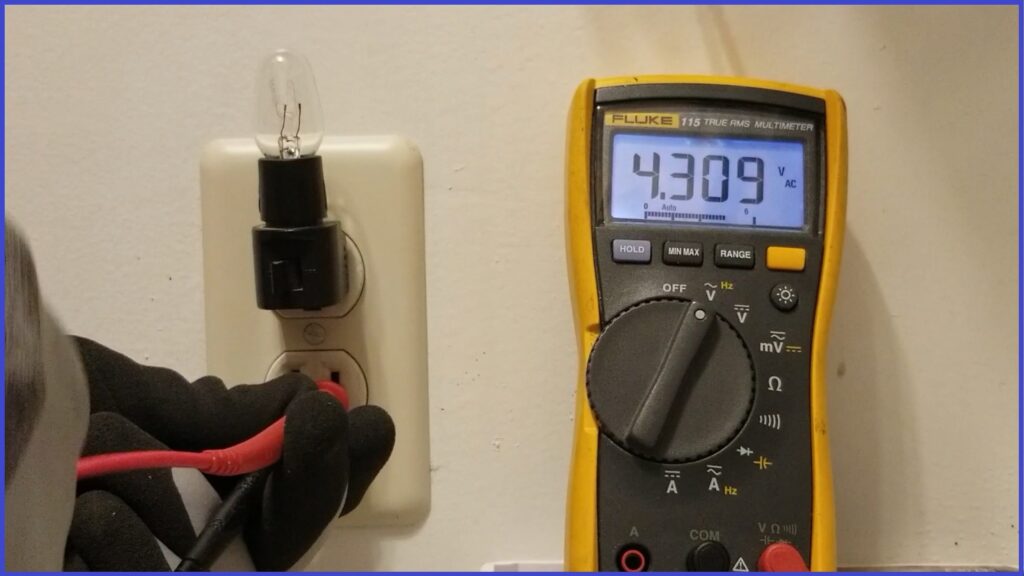
Why do I need Ohm’s Law?
Why would Appliance or HVAC Technicians need to use Ohm’s Law in the field? I mean, are they really going to break out the calculator while diagnosing an electrical problem? Probably not. But Ohm’s Law is about a lot more than just finding voltage, current, or resistance. It rather embodies our very understanding of how electricity works.
Our comprehension of this relationship between voltage, current, and resistance transcends a full spectrum of uses – ranging from calculations, to just innately knowing why that voltage drops to zero when a load is placed on it.
In fact, Ohm’s Law can describe all of the following scenarios:
- Why a shorted pump winding keeps taking out a board
- What the different currents are through L2 during a bake pre-heat cycle
- How to determine a grounded heating element from the terminal block
- How to determine if a motor has failed from the terminal block
- Why one LED module failure disables an entire string
- Why a loose Neutral rises to the level of L1 when placed under load
- Why a loose L1 drops to 0v under load
- Why a LoZ meter is so useful

It’s not necessary to quantify any values using Ohm’s Law to understand the scenarios mentioned above. One must though, have a natural sense that as resistance increases, current decreases, as voltage increases, current increases, etc. – really just knowing what’s in the numerator and the denominator. This proportionality concept (as depicted in the Ohm’s Law triangle shown above) drives not only your grasp of why the above scenarios occur, but allows you to predict their occurrences per specific component failures. It also enables you to mentally visualize the behavior of voltage and current in a circuit – a specific level of understanding that gives you a great electrical diagnostic advantage in the field.
One Specific Example

Here’s an example: An outlet has an upstream loose neutral. It reads 120 volts as normal, when using a traditional voltmeter. However, when you place a load on the outlet, the voltage drops down to 4 volts. Upon further investigation, you realize that once under load, neutral is rising to 116 volts with respect to ground. Now Ohm’s law perfectly describes why this happens. We don’t need to crunch any numbers here. Rather, we only need to know that the upstream resistance has a much greater voltage drop across it than the relatively low resistance load. The 120 volts is divided among the two resistances – the greater of the two gets the most voltage. If you are unable to mentally visualize this, your understanding of electrical theory has room for improvement – and a deep dive into Ohm’s Law will help.
Verdict
I’ve always contended that Technicians need a good understanding of electrical theory in order to effectively provide the diagnostic value their customers expect and deserve. This understanding not only benefits your customers, but makes your job easier, more efficient, and results in more expeditious and accurate diagnosis. You don’t need to know how to design circuits or always what the exact currents should be for a given scenario. One does, however, need to readily visualize how electricity is (and should) be behaving given the voltages, relative resistances, and approximate currents through your circuits of interest in the field. You may think of Ohm’s Law as the driving dictum behind this understanding.
Here is a video on Ohm’s Law specifically for Appliance Technicians in mind:
Don’t forget:
“Diverting 10 min/day of social media time towards learning something new, is 5 hours of newfound monthly knowledge.” – SM
To DONATE to the Tech Circuit – CLICK HERE
Alphabetical Links to all Tech Circuit Articles and Blogs – CLICK HERE
Links to all Tech Circuit Cheat Sheets/Field References for Appliance/HVAC Techs – CLICK HERE
For additional electrical and electronics learning material for field techs, visit the following links:
Homepage at http://www.TechCircuit.org
Facebook group at:
https://www.facebook.com/groups/746823709133603
Youtube Channel: https://www.youtube.com/@TheTechCircuit
